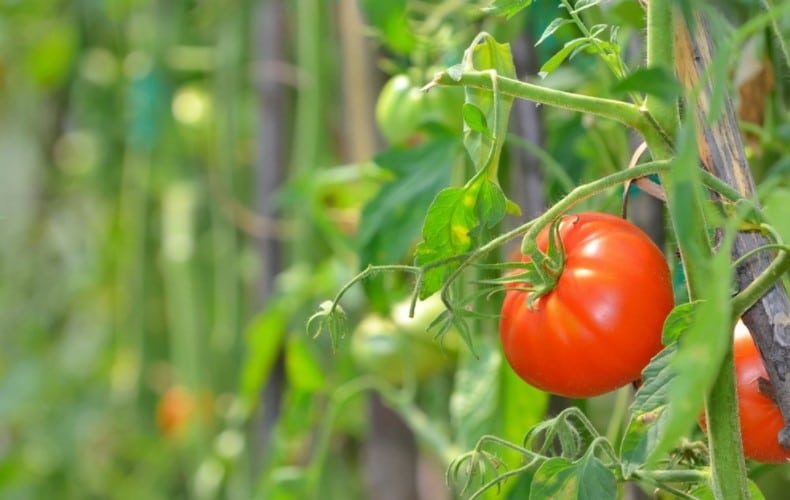1. A brief introduction to Dutch bucket hydroponics and its benefits compared to traditional soil-based growing methods.

Dutch bucket hydroponics is a system that allows for efficient growing of plants without the use of soil. This method involves growing plants in buckets, usually made from plastic or metal, instead of directly in the ground. These buckets are then filled with a growing medium, such as coconut coir or perlite, and the plants are grown with a nutrient-rich water solution. The water solution is pumped into the buckets and then drained out, creating a continuous cycle.
One of the benefits of Dutch bucket hydroponics is that it allows for more control over the growing conditions, such as the temperature, pH levels, and nutrient intake of the plants. This system also allows for higher yields with less water usage, making it a more sustainable and cost-effective option for farmers and growers.
2. How Qingzhou Hanyang Greenhouse Project Co., Ltd. is using Dutch bucket hydroponics to grow tomatoes.
Qingzhou Hanyang Greenhouse Project Co., Ltd. is a company that specializes in developing and manufacturing greenhouse equipment and growing systems. One of their flagship products is their Dutch bucket hydroponics system, which they use to grow tomatoes.
Their system involves using multiple buckets connected to a central irrigation and drainage system. The buckets are filled with a growing medium and then planted with tomato seedlings. The plants are then fed with a nutrient-rich water solution through the irrigation system. The drainage system ensures that any excess water is removed, preventing the plants from becoming waterlogged.
According to the company, their Dutch bucket hydroponics system allows them to grow healthier and more flavorful tomatoes with higher yields compared to traditional soil-based growing methods.
3. The potential for Dutch bucket hydroponics to play a role in sustainability efforts in agriculture.
As the world population grows, there is an increasing demand for food production. Traditional methods of agriculture, such as soil-based growing, can be inefficient and unsustainable. Dutch bucket hydroponics offers a more sustainable alternative that can help meet the growing demand for food while minimizing the environmental impact.
This system allows for more precise control over growing conditions, which means that farmers can use fewer pesticides and fertilizers. Additionally, the water usage in Dutch bucket hydroponics is significantly lower than that in traditional agriculture, providing a more efficient use of water resources.
Furthermore, because this growing method is done in a controlled environment, without soil, it is less susceptible to plant diseases and pests. This reduces the need for chemical sprays, making it a more environmentally friendly option.
4. The potential for Dutch bucket hydroponics to be applied on a larger scale.
While Dutch bucket hydroponics is currently being used mainly for small-scale growing, there is potential for it to be applied on a larger scale. With advancements in technology and increasing demand for sustainable food production, more growers may turn to hydroponic systems like the Dutch bucket method.
The system can be used to grow a range of crops, including leafy greens, cucumbers, and peppers. It can also be used in urban areas, where space for traditional agriculture may be limited.
In conclusion, Dutch bucket hydroponics offers many benefits over traditional agriculture methods. Companies like Qingzhou Hanyang Greenhouse Project Co., Ltd. are using this system to grow tomatoes and other crops sustainably and efficiently, with higher yields and less environmental impact. As the demand for sustainable food production grows, it is likely that we will see an increase in the use of Dutch bucket hydroponics and other hydroponic systems on a larger scale.